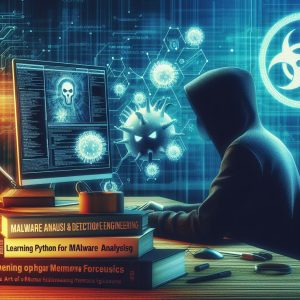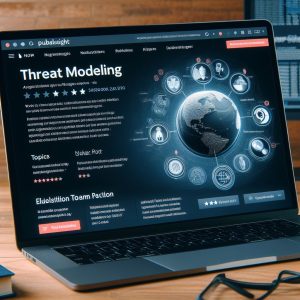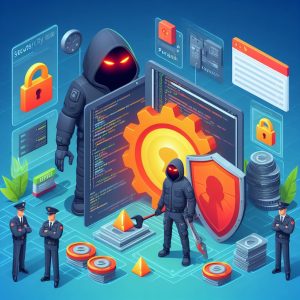
In today’s threat landscape, sophisticated adversaries have routinely demonstrated the ability to compromise enterprise networks and remain hidden for extended periods of time. To achieve this, malware authors employ a wide variety of obfuscation and anti-analysis techniques at each phase of an attack. Developing the skills necessary as a malware analyst to properly detect, triage and reverse engineer advanced attacker intrusion tactics and techniques requires experience and a diverse set of tools and skills. In this path you will develop the skills and knowledge necessary to analyze malicious office documents, dig deep into native and interpreted code through disassembly and decompilation, identify and defeat prevalent obfuscation techniques. The courses in this path with take you from malware analysis basics to advanced topics so that you can generate valuable threat intelligence to aid in your efforts to defend your organization, respond more effectively to an incident or gain deeper understanding of the latest malware threats. This skills path may assist in attaining the knowledge and skills outlined in the NICE Cybersecurity Workforce Framework in the following areas: K0259 & K0479 Knowledge of malware analysis concepts and methodologies. S0131 Skill in analyzing malware.
Syllabus
Malware Analysis Fundamentals
Malware Analysis: Initial Access Techniques
Malware Analysis: Malicious Activity Detection
Malware Analysis: Initial File Triage
Getting Started Analyzing Malware Infections
Getting Started with Reverse Engineering
Pluralsight: Malware Analysis









